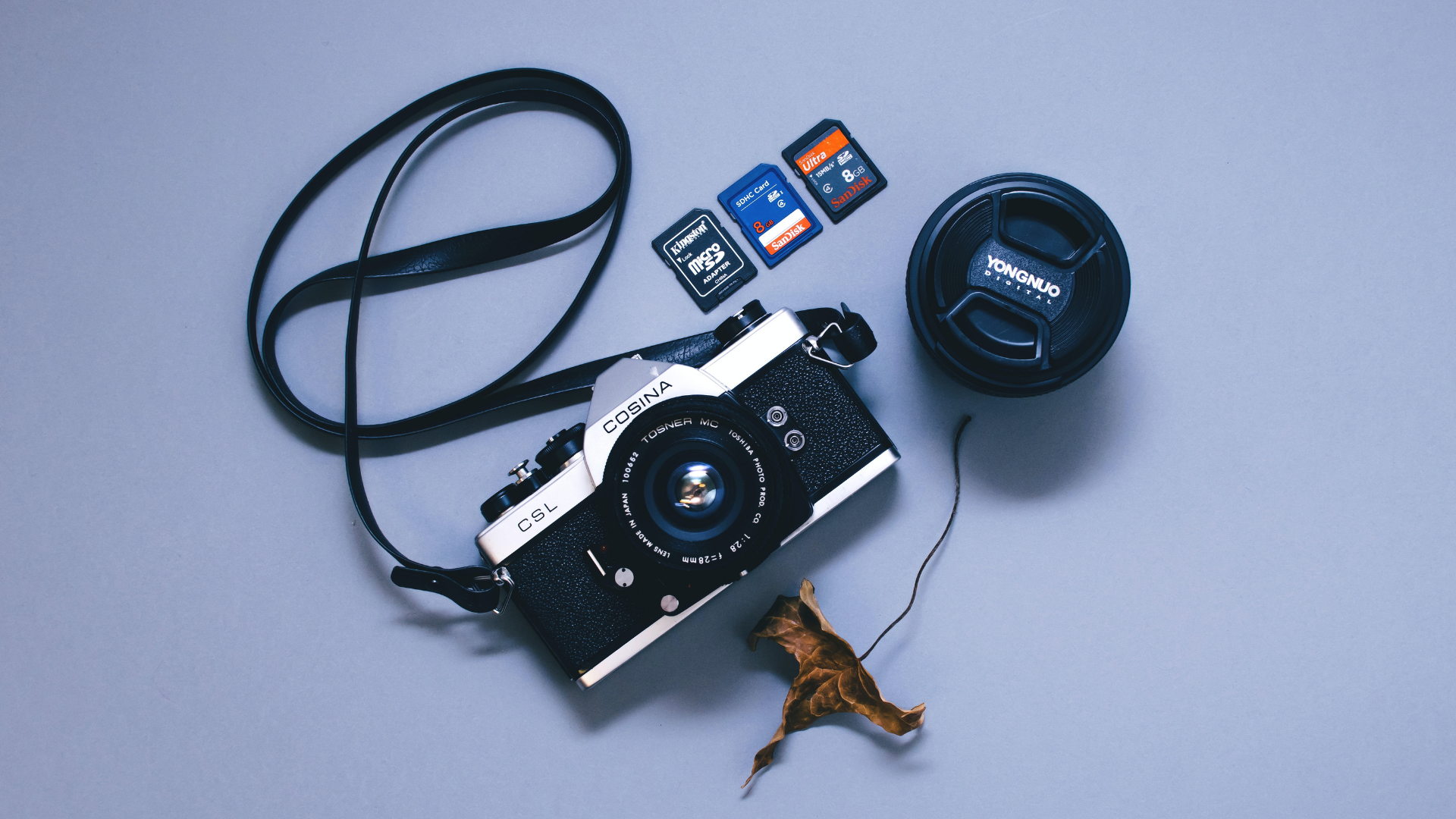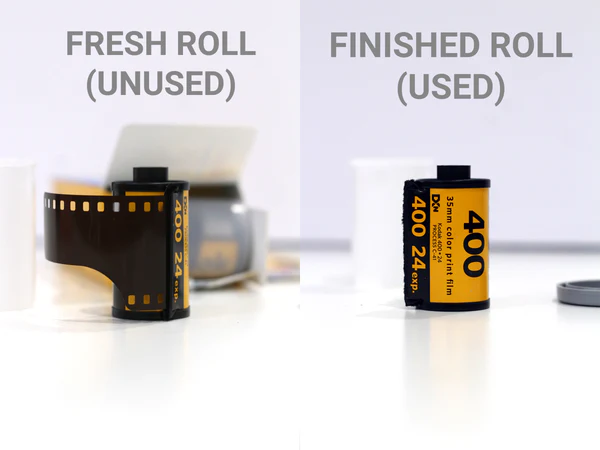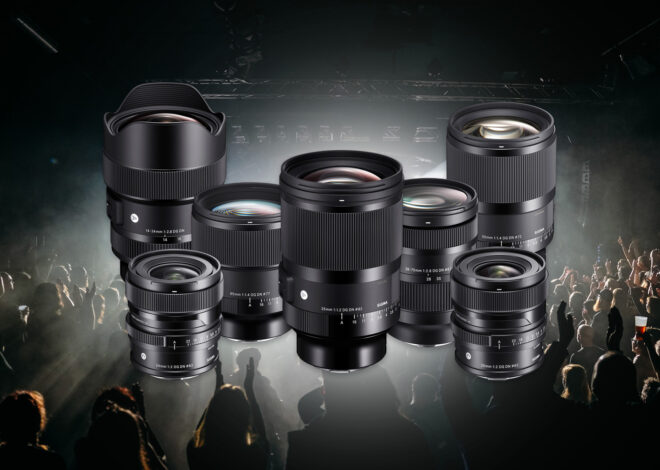
Can you change the 35mm to 50mm lens on Fujifilm x100v?
As an Amazon Associate, I earn from qualifying purchases.
The Fuji X100V is the latest addition to its x100 lineup that started its journey in 2011. X100 is the lineup and the V stands for five or fifth edition.
It is a very well-rounded camera from design to lens performance. One can use teleconverters to make the lens focal length equivalent to 50mm or even 70mm.
Another way to achieve the 50mm focal length is by cropping the image in post. But that makes the image lose a lot of quality and makes it pixelated.
In this article I’ll be taking a look at Can you change 35mm to 50mm lens on Fujifilm x100v?
Is the Fuji X100v worth it?
The lens used on the X100V far outclasses the lens used on the previous cameras of this product line. This lens rivals the best of the best lenses for practical purposes.
The camera and the lens together perform outstandingly and deliver mind-blowing pictures. The lens is a 26.1 Megapixel 23mm f/2 lens. When combined with the APS-C sensor of the X100V the angle of view makes the lens equivalent to a 35mm focal length.
(source: Fujilove magazine)
The lens and camera combo is a very versatile option for everyday photography for casual users and also very accommodating in some professional use cases.
The camera comes in two distinct colors both retaining the retro aesthetic of the camera. According to bhphotovideo.com, the prices of the Silver and the Black variants of the Fujifilm X100V are the same at $1399. It is a very good investment when entering the world of photography.
What is a ‘Conversion Lens’?
Conversion lenses are the ones that fit onto the end of another lens to change how the lens performs. There are two types of converters.
- Tele converter.
- Wide-angle converter.
Not every camera allows a conversion lens or a converter to be attached and usable but The Fuji x100 series is capable of doing that and gives users more options to choose from.
(source: Andrew & Denae)
The Tele conversion lenses increase the lens’ magnification. This creates a stronger, more forceful and magnified image. These are used in cases where a subject is the main focus of the picture.
This is how a teleconverter changes the viewing angle to replicate a larger focal length amount than the lens is capable of.
(source: ePHOTOzine)
The wide-angle conversion lenses expand the viewing angle to give images a feeling of greater scale. This is mostly used in landscape photography.
This is how a wide-angle converter works.
(source: Sonyalpharumora)
Changing 35mm to 50mm using the Fujifilm TCL-X100
For the lens of the Fujifilm X100V to perform equivalent to a 50mm we will need a teleconverter. Since the teleconverters compress the view of the frame to a magnified position, using a teleconverter will replicate the 50mm focal length on a 35mm equivalent prime lens that is the X100V lens.
The Fujifilm TCL-X100 is a Tele conversion lens that allows users to make use of the 1.4x zoom that it offers to pair it up with the fixed prime lens of the X100V.
(source: Tobis Tings)
This converts the effective focal length of the lens to 33mm which is equivalent to 50mm in the 35mm format. Doing this may cause an image to lose quality but this Tele conversion has a super EBC coating that minimizes ghosting and flare and keeps consistent sharpness, according to bhphotovideo.com.
The TCL is not an actual lens. The conversion lenses just bend light in a way that mimics a slightly different field of view. With the Fujifilm TCL-X100, the focal length ends somewhere in the 50mm range.
It’s not true focal length so that is to be taken with a grain of salt. It only has the option to get up to a feeling of 50mm with the fixed prime lens system of the Fujifilm X100V.
Unscrew the ring from the stock prime lens and screw on the conversion lens. The converter sits on top of the lens quite nicely and there are no moving parts. But since the size of the lens gets larger, it becomes harder to carry in the pocket. The X100 lineup was specifically designed to maintain great picture quality in a compact package.
The converter is made up of aluminium and glass and the build quality is very sturdy.
Let’s look at some samples of how the teleconverter works to achieve the 50mm focal length.
(source: Tobis Tings)
This image shows how the perspective of the image is tighter to give the feeling of 50mm equivalent.
In terms of the quality of the image, there seems to be some distortion but it’s nothing to be concerned about. If it is not used to take architectural photographs then it shouldn’t be a problem. The lens also retains the image quality of the default prime lens.
This conversion lens also helps to smooth out AF areas but it is not that much. It doesn’t produce any significant bokeh either.
Since the Camera comes with a 26.1 Megapixel sensor, using the lens retains most of the details in an image and there is a significant loss of quality from the perspective of the naked eye.
Here are some more samples that were taken using the teleconverter on a Fuji X100V. These images all showcase the tighter field of view that comes from having a 50mm focal length. The images turned out great as well.
(source: Tobis Tings)
FAQs.
Which prime lens is better, 35mm or 50mm?
Ans: It mostly depends on the use scenario or the frame of the image to be taken. The 35mm focal length has a wider field of view so it is more versatile for shooting indoors or taking landscape photographs. The 50mm focal length is tighter so it is more used to take portraits or traditional photographs.
Do I need a separate 50mm lens if I already have a 35mm one?
Ans: No. The 35mm lens is equivalent to a 50mm when mounted on a full-frame camera.
What is the most versatile prime lens?
Ans: 50mm on a full-frame sensor. This focal length most accurately replicates the human eyes’ field of vision. 35mm on an APS-C(crop) sensor also does the same.
Are prime lenses sharper than zoom lenses?
Ans: Yes. They are generally sharper and perform better because they have a fixed focal length.
Are teleconverters worth it?
Ans: Yes. Teleconverters give a decent image but cause them to lose some quality. However, using a teleconverter is much better than cropping the image in the post as they preserve more quality than cropping.
Do teleconverters affect aperture?
Ans: It reduces the maximum aperture of the lens. That is one of the drawbacks of using teleconverters.
Conclusion
The fixed prime lens of the Fujifilm X100V is one of the best in its class. Using converters can elevate the usability of the camera in various scenarios. It is recommended to have both a teleconverter and a wide-angle converter for the different needs of a photographer.
I hope this article helps you to get that tighter focal length equivalent to the Fujifilm X100V.
Related Posts:



